Museu Penitenciário Paulista
A former prison complex now displays a historic collection of inmate artwork.
The Museu Penitenciário Paulista (Paulista Penitentiary Museum) holds a collection of thousands of artifacts and artworks created by Brazilian inmates during workshops at penitentiaries dating back to the 1920s. The paintings, sculptures, and even furniture produced now serve as a reminder that there is more to incarceration than what meets the eye.
The artwork allows visitors a glimpse into the inner world of inmates. There are also objects used by prisoners in daily life, that help visitors imagine what it is like to be incarcerated, such as tattoo tools, rudimentary weapons, and even a machine that produces alcohol from leftover food.
A collection of about 1,800 photos of inmates’ tattoos illustrates how body art once served as a way to identify members of prison gangs when they were transferred to other prisons. Visitors are even invited to experience what it is like to be locked up in a dark cell for a few minutes.
The museum is housed in a former prison complex in Carandiru. In 1992, it was the largest complex in South America and became the site of the biggest prison massacre in the history of Brazil when 111 prisoners were murdered by the police. The prison closed in 2002 and was afterwards converted into a museum, proof that even a prison can be rehabilitated.
Know Before You Go
Located inside Parque da Junventude, close to Carandiru metro station (on the blue line).


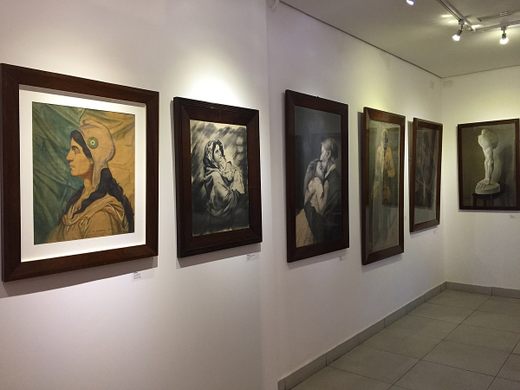
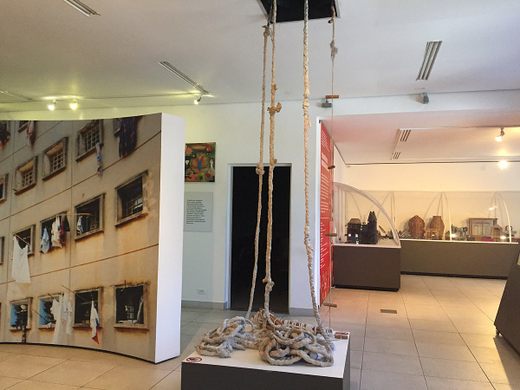
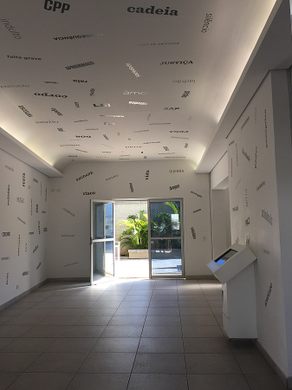
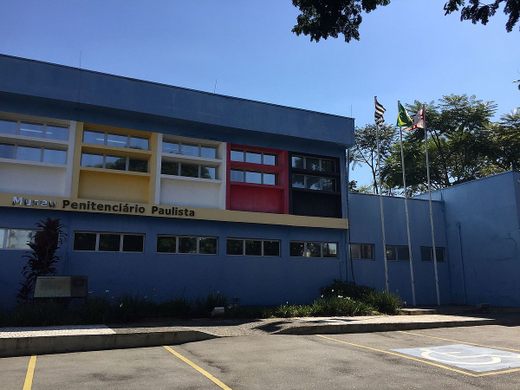
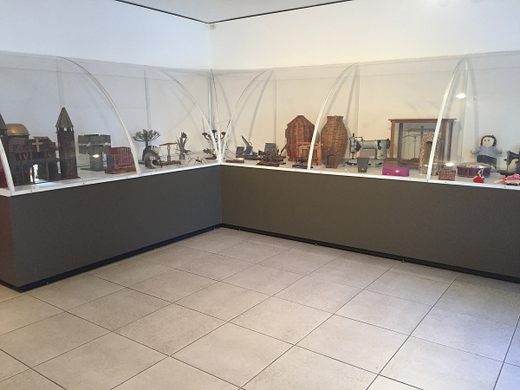
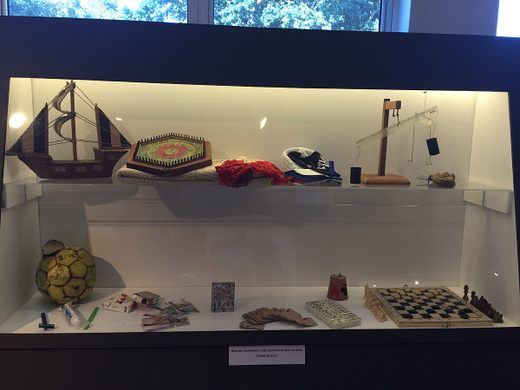







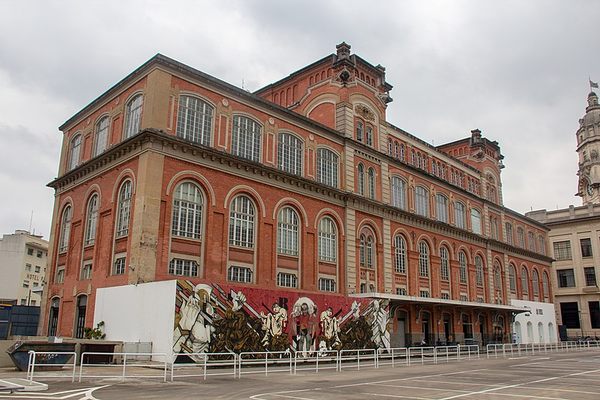
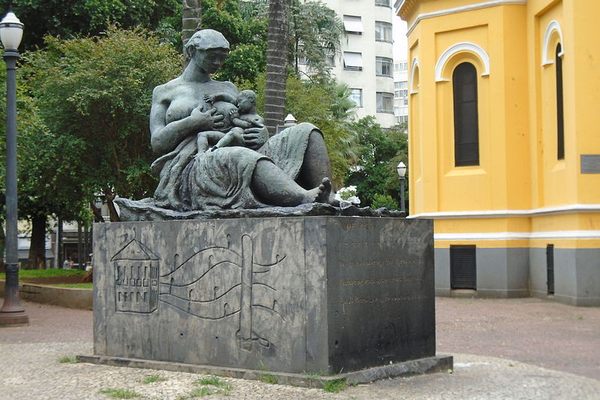


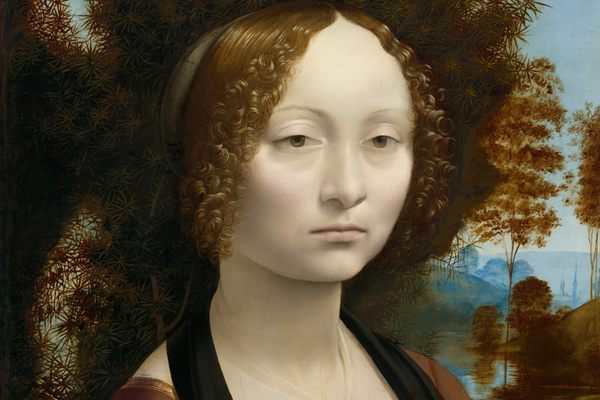

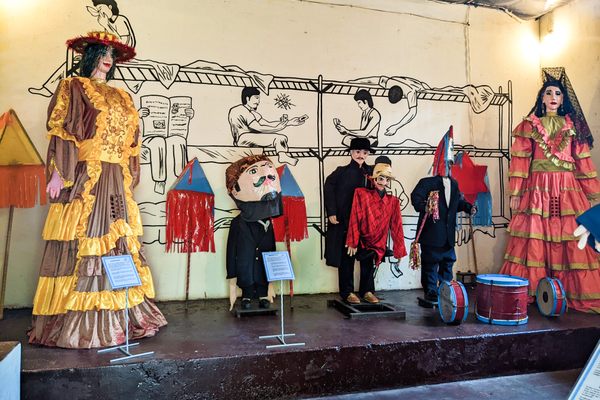

Follow us on Twitter to get the latest on the world's hidden wonders.
Like us on Facebook to get the latest on the world's hidden wonders.
Follow us on Twitter Like us on Facebook